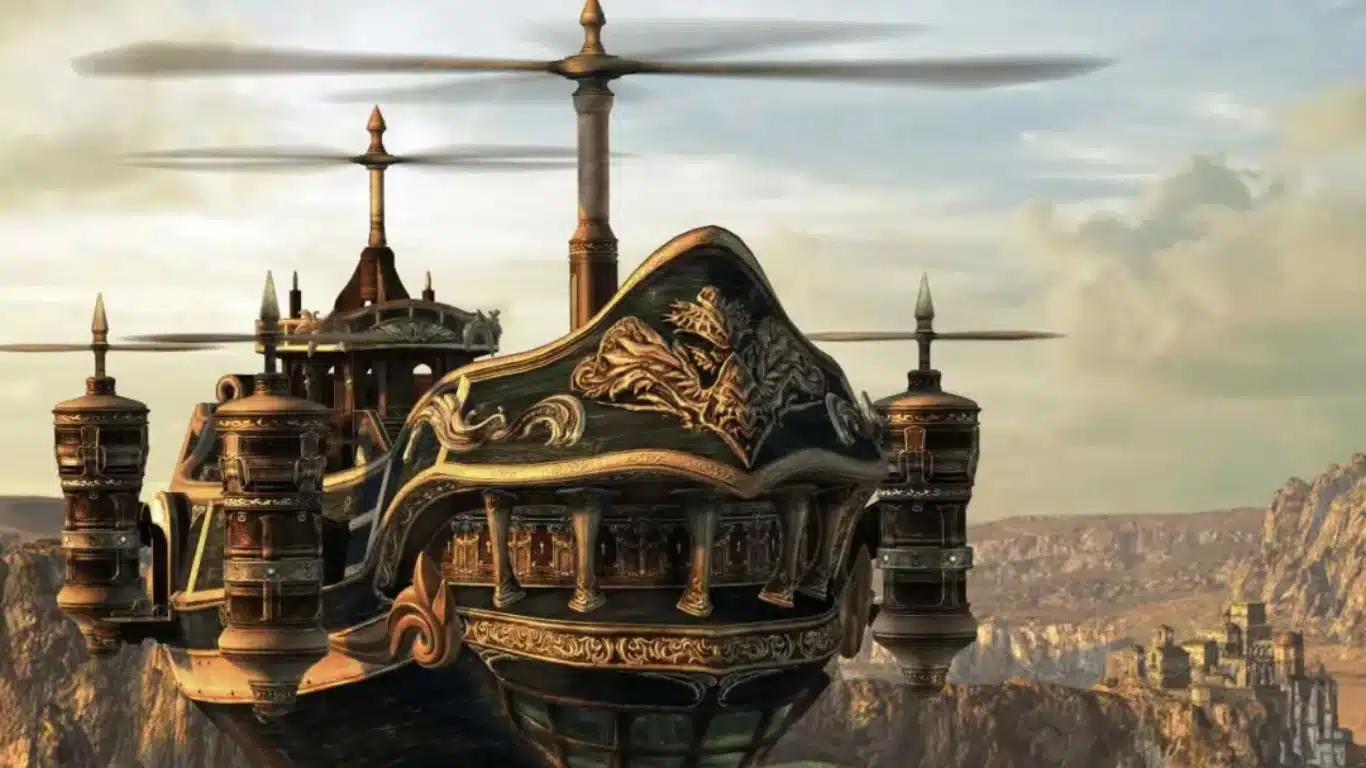Exploring the Different Elements of World-Building: World-building is an essential aspect of any fictional work, be it a novel, a movie, a television series, or even a video game. It refers to the creation of a fictional universe, complete with its own history, geography, culture, language, and mythology. A well-crafted world can draw readers or viewers into the story and make them feel like they are a part of the world. In this article, we will explore the different elements of world-building and how they contribute to creating a rich and believable fictional world.
Exploring the Different Elements of World-Building
Geography and History
Geography and history are the backbone of any world-building project. They establish the physical and temporal context in which the story takes place. A well-designed map is an essential tool for creating a fictional world. It should include the locations of major cities, towns, mountains, rivers, forests, and other landmarks. The geography of a world can influence the climate, flora, and fauna of the world, which can affect the development of civilization.

The history of the world is equally important. It determines the social, political, and economic structures of the world. The history should include the major events that have shaped the world, such as wars, revolutions, and natural disasters. It should also include the creation myths and origin stories of the world’s various cultures, as these can inform the beliefs and practices of the world’s inhabitants.
Culture and Society
Culture and society are also essential components of world-building. They define the customs, beliefs, and values of the world’s inhabitants. The culture of a world can vary greatly depending on factors such as geography, history, religion, and technology. For example, a world with a harsh, arid climate might develop a nomadic culture, while a world with abundant resources might develop a highly stratified society.
When designing a culture, it is important to consider every aspect of daily life, from food and clothing to language and art. The culture should also have its own mythology and folklore, which can add depth and richness to the world. The social structure of the world should also be considered, including factors such as gender roles, social classes, and political systems.
Magic and Technology

Magic and technology are two of the most exciting aspects of world-building. They define the rules of the world and determine what is possible within it. In a world with magic, it is important to establish the rules and limitations of magic, as well as the sources of magic and how it is accessed. Magic can be used to enhance the world-building by introducing unique elements such as magical creatures, artifacts, or places.
Technology also plays an important role in world-building. It defines the level of technological advancement of the world’s inhabitants and can influence the social and economic structures of the world. The level of technology can also affect the environment of the world, as advanced technology can have a detrimental effect on the natural world.
Language and Names
Language and names are important components of world-building. They add depth and authenticity to the world by establishing the unique language and naming conventions of the world’s inhabitants. The language of a world can be based on real-world languages, or it can be entirely invented. The language should have its own grammar, syntax, and vocabulary, and it should be consistent throughout the world.
Names are also important in world-building, as they help to establish the culture and history of the world. Names can be based on real-world naming conventions, or they can be entirely invented. When naming characters or places, it is important to consider the culture and language of the world, as well as the history and mythology of the world.
Politics and Conflict
Politics and conflict are essential elements of world-building, as they drive the story forward and create tension and drama. The political structure of the world should be established, including factors such as the form of government, the power dynamics between different factions, and the role of religion in politics. Conflict can arise from a variety of sources, such as wars between nations, internal power struggles, or clashes between different cultures. Conflict can also be driven by external forces, such as natural disasters or invasions from other worlds.

When creating political structures and conflicts, it is important to consider the motivations and goals of the characters involved. A well-crafted conflict should be based on realistic and believable motivations, and should be resolved in a way that is consistent with the characters and world.
Religion and Mythology
Religion and mythology are important components of world-building, as they define the beliefs and values of the world’s inhabitants. Religion can influence the culture, politics, and social structure of the world, and can provide a framework for morality and ethics. Mythology can add depth and richness to the world by establishing the creation myths and origin stories of the world’s various cultures.
When designing a religion, it is important to consider the beliefs and practices of the world’s inhabitants, as well as the role of religion in society. The mythology of the world should be consistent with the culture and history of the world, and should be used to inform the beliefs and practices of the world’s inhabitants.
Conclusion
World-building is a complex and challenging process, but it is essential for creating a rich and believable fictional world. The different elements of world-building, including geography, history, culture, magic, technology, language, names, politics, conflict, religion, and mythology, all contribute to creating a cohesive and immersive world. By carefully considering each of these elements, writers can create worlds that are not only engaging and entertaining, but also thought-provoking and meaningful.
Also Read: 10 Inspiring Books That Prove Moms Are Superheroes





